
- Better Society -
- 7mins -
- 482 views
‘Secret’ reasons to be optimistic about our world
Fear feeds hate whilst progress motivates. Which one do we choose?
The world is falling apart, right? Wrong!
Many media and politicians make us feel we’re living in the worst of times. Nothing could be further from the truth as the video below shows.
Why we’re fed fear
So facts and feelings don’t match. How come? We believe that media and politicians are partially responsible for this discrepancy.
Politicians, and especially populist ‘leaders’, often use scare tactics. They appeal to people’s fears, and picture themselves as the ‘saviour in times of need’. At the same time, again generalising of course, media tend to focus on the anomaly, the exceptions. And most do this under the old-school, outdated, but most of all irresponsible assumption that ‘when it bleeds it leads’, that people just love bad news.
Well, do we have news for them… just Google the words ‘The news makes me’ and look at the auto-suggestions provided by Google.
Obviously people still watch & click on bad news, but where most media are wrong is when they think people like it. We are still drawn to negative news from the days we still lived in the stone ages and needed to know if there was a bear nearing that would be about to eat us alive…
The focus on negative stories is harmful. It paralyses us (why should we live more responsibly if the world is going to hell anyway?) and makes us depressed. Whilst stories about things that go well, about progress, about people making a positive difference, inspire us to follow in their footsteps. Like we said "Fear feeds hate, progress motivates".
But traditional media have not caught up on this notion yet. Which is remarkable given the success of more constructive and optimistic media like ourselves and many others.
"A falling tree makes more noise than a growing tree."
It’s time for the forest to make some noise 🙂
Hopefully you understand that by presenting these numbers, we do not mean to suggest there is no more inequality, that everything is honky-dory. Of course that is not the case. It is meant to illustrate that when put our minds to it, we can solve the big challenges we face. It serves to motivate us do to more to advance human potential, eradicate inequality and improve the state of our earth.

In the past only a small elite enjoyed living conditions that we would not describe as a life in extreme poverty today. With the onset of industrialisation and rising productive the share of people living in poverty started to decrease and kept on falling ever since. As a consequence of falling poverty, the health of the population improved dramatically over the last two centuries, and the population started to grow.
The growth of the population caused the absolute number of poor people in the world to increase; only over the last decades has the absolute number of people living in poverty started to fall as well. Source: Our world in data
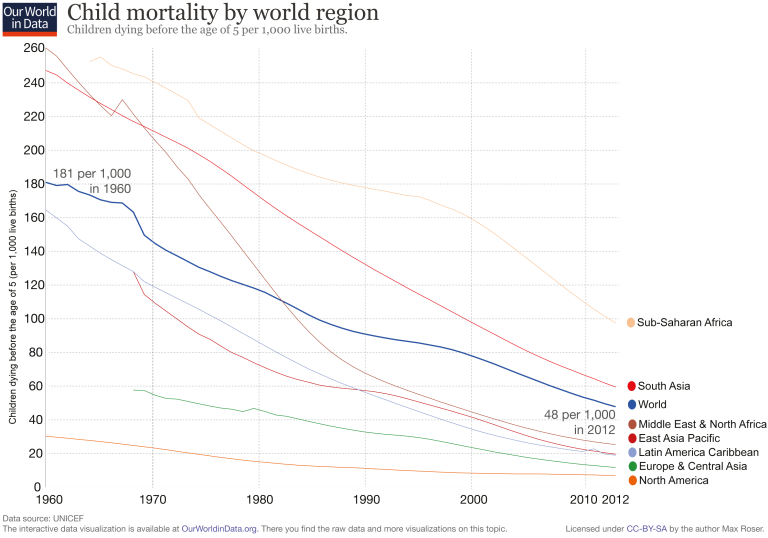
The work is not yet done. 11 per cent of the global population—783 million people—remains without access to an improved source of drinking water and, at the current pace, 605 million people will still lack coverage in 2015. Source: United Nations
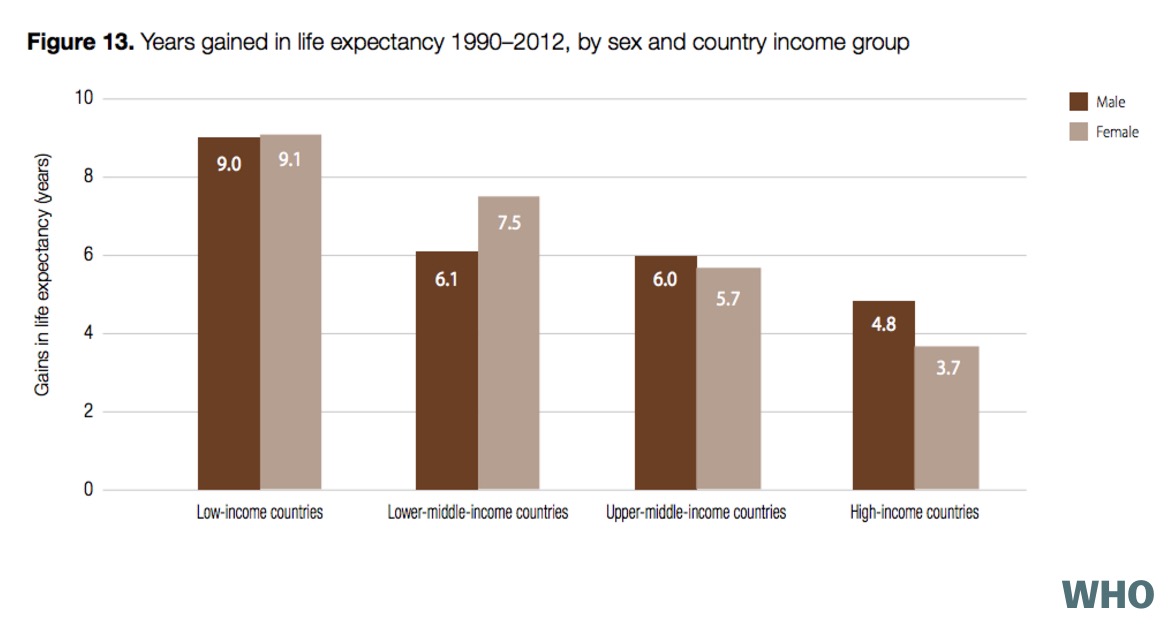
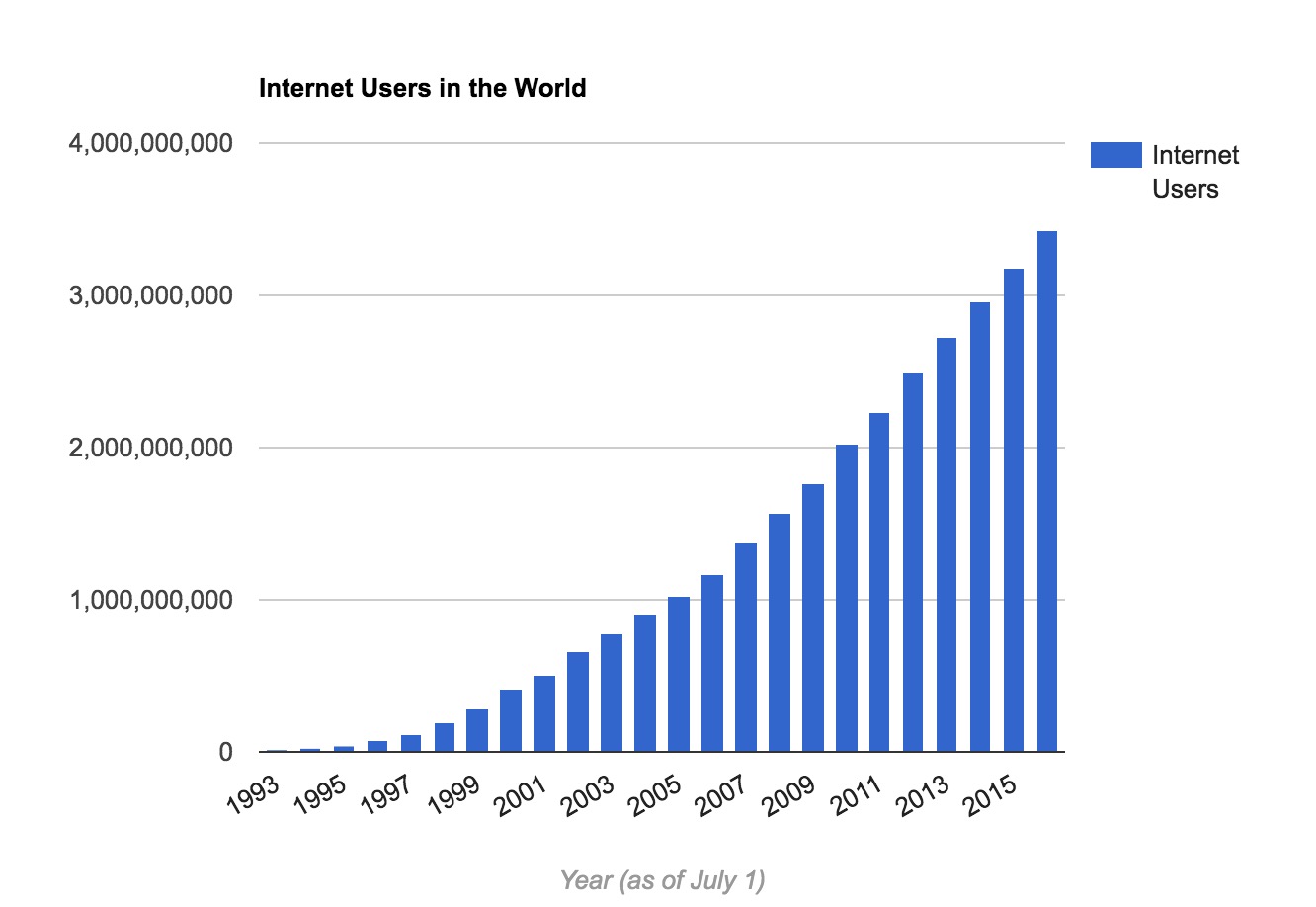
The first billion was reached in 2005. The second billion in 2010. The third billion in 2014. The chart shows the number of global internet users per year since 1993. Access to the internet means that the level of education goes up and it has a.o. positive effect on the economy, especially in developing countries. Source: Pew Research Centre
Why are things getting better? Credit two things: economic growth and government programs. Global poverty has declined sharply since 1990, especially in India and China, making it easier for people to afford food. Meanwhile, government programs and international aid have made major improvements in getting people access to healthy diets.
Progress on under-nutrition hasn’t been even. Some countries, like Swaziland and Iraq, have gotten worse over time. But almost all have made huge strides — India posted one of the largest absolute declines in hunger in the world. This GIF (click on source below) shows country-by-country changes in Global Hunger Index for since 1990. Source: International Food Policy Research Institute
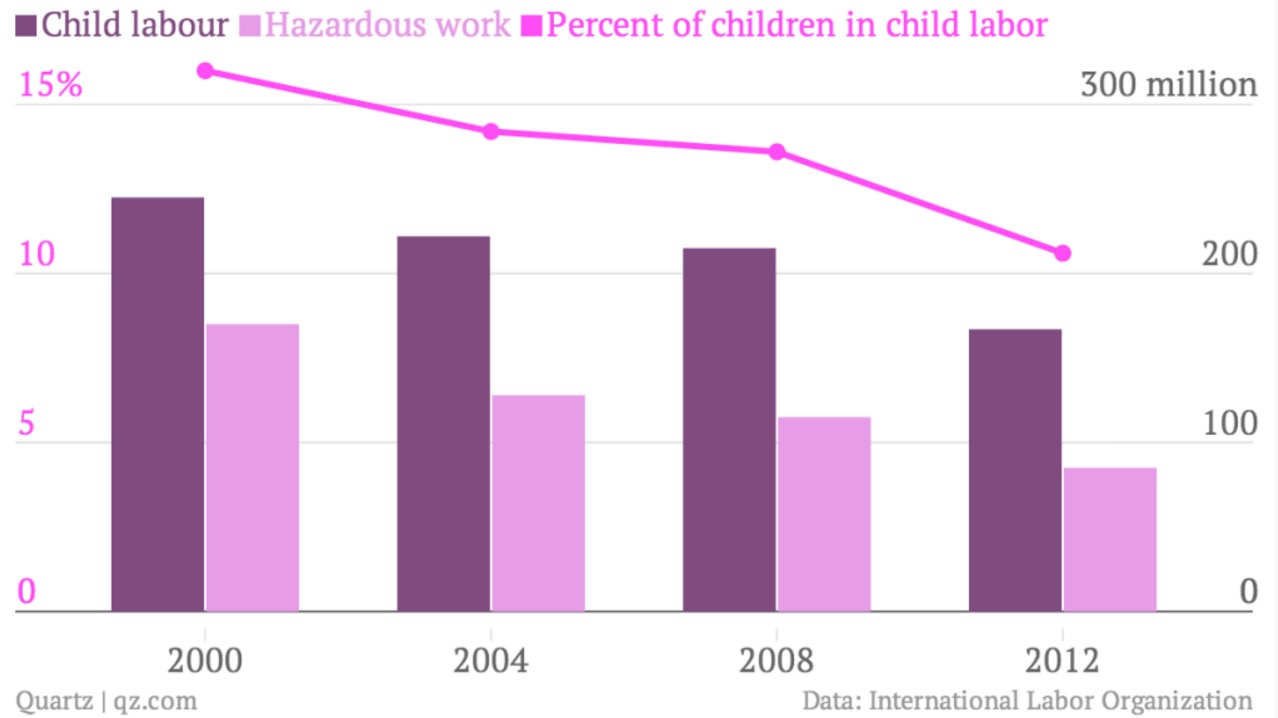
Polio was once a disease feared worldwide, striking suddenly and paralysing mainly children for life. Thanks to the Global Polio Eradication Initiative, the largest private-public partnership for health, polio has been reduced by 99%. The Initiative’s goal is to reach every last child with polio vaccine and ensure a polio-free world for future generations. Source: World Health Organisation
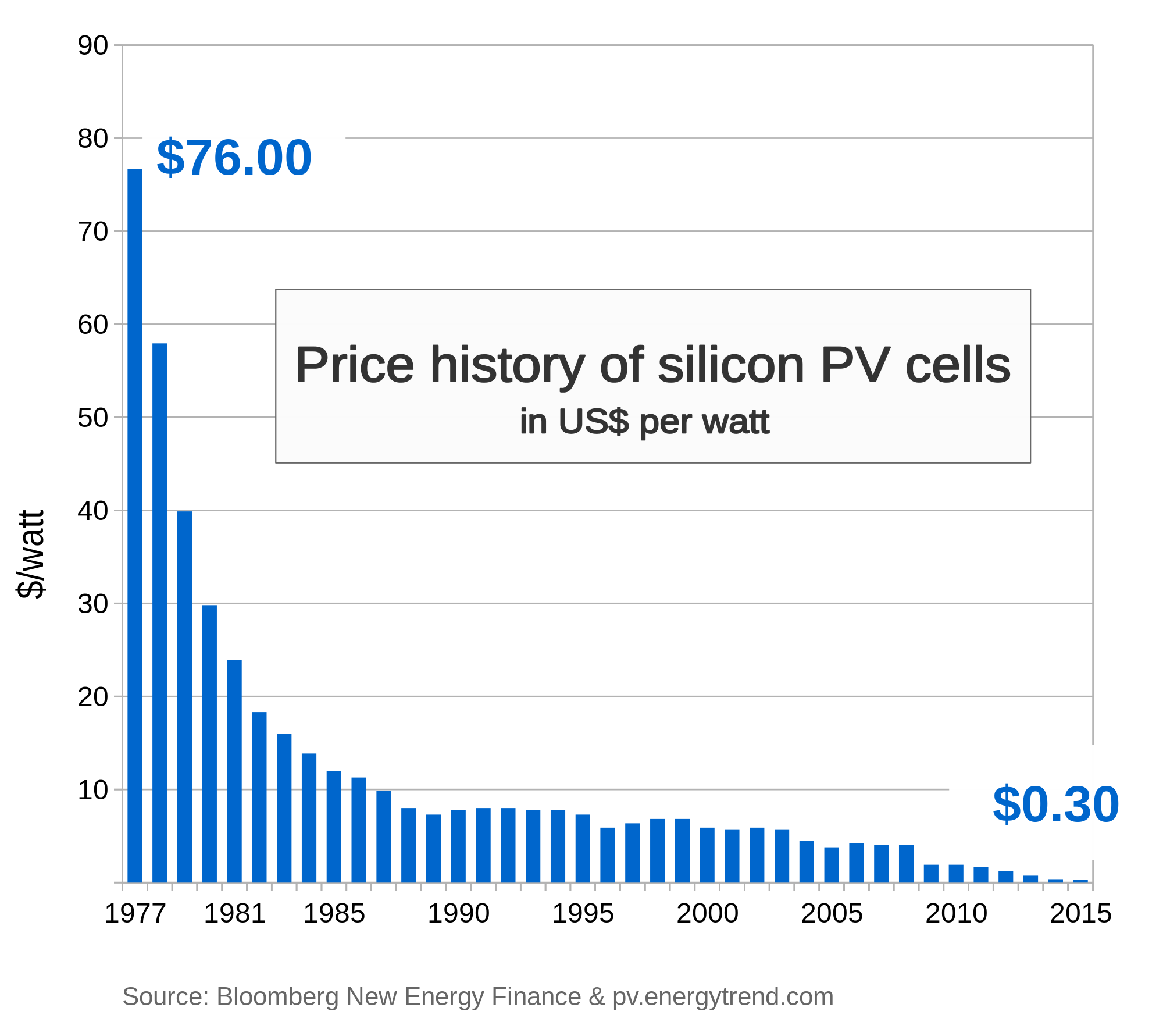
No room for complacency
We have made amazing progress. But there is so much more to do. Let us direct our energy to save our planet, advance human potential. We know we can. So let us do it!

